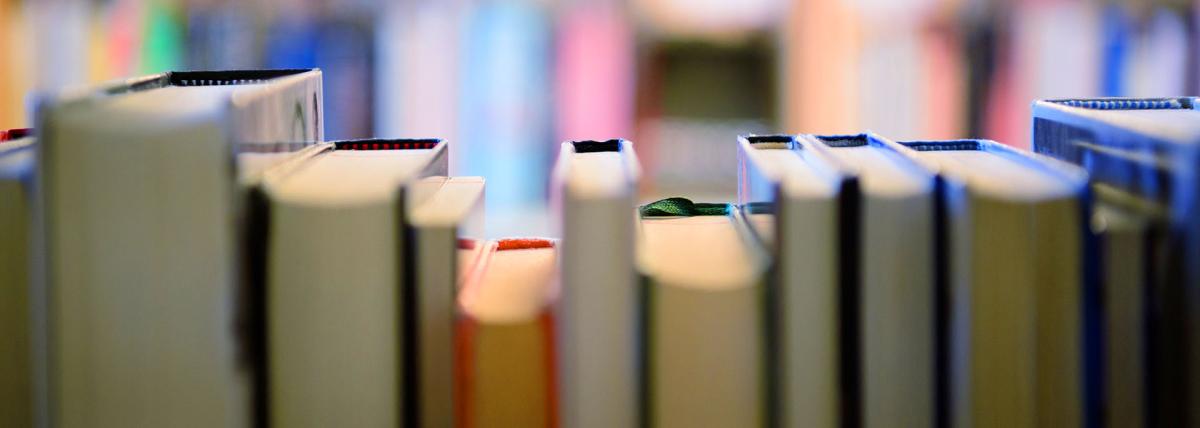
Featured
Makey Makey Storyboards
Grades:
Kindergarten, 1st Grade, 2nd Grade, 3rd Grade, 4th Grade, 5th Grade, 6th Grade, 7th Grade, 8th Grade, 9th Grade, 10th Grade, 11th Grade, 12th Grade
This lesson takes students through the process of creating an interactive storyboard using a Makey Makey circuit board. This lesson can be adjusted for any grade level with examples given in the 4th
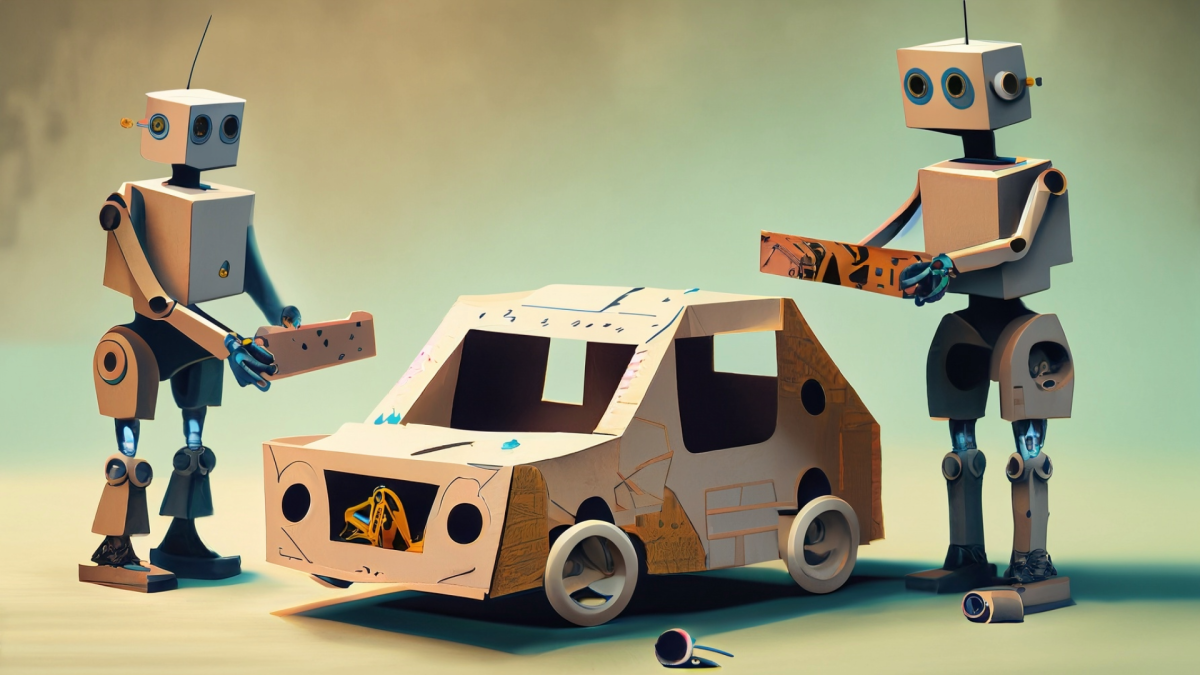
Grades:
1st Grade, 2nd Grade, 3rd Grade
In this lesson, students design, build and test model candy cars made from simple materials. They measure the changes in distance and travel by the addition of revision of design features. Students

Grades:
3rd Grade, 4th Grade
Students will create a solar system scroll using fractions so that they are able to represent fractions on a number line using a real-life application, while also learning about the scale of the solar

Grades:
1st Grade, 3rd Grade
Students will investigate the relationship between light, objects, and the human eye by creating a DIY kaleidoscope. Students will take measurements throughout the project.

Grades:
8th Grade, 9th Grade, 10th Grade, 11th Grade, 12th Grade
Barbie is an adventure seeker to the max! She loves the thrill of death defying activities. She believes the adrenaline rush makes her hair more lustrous and keeps a brilliant smile on her face; so
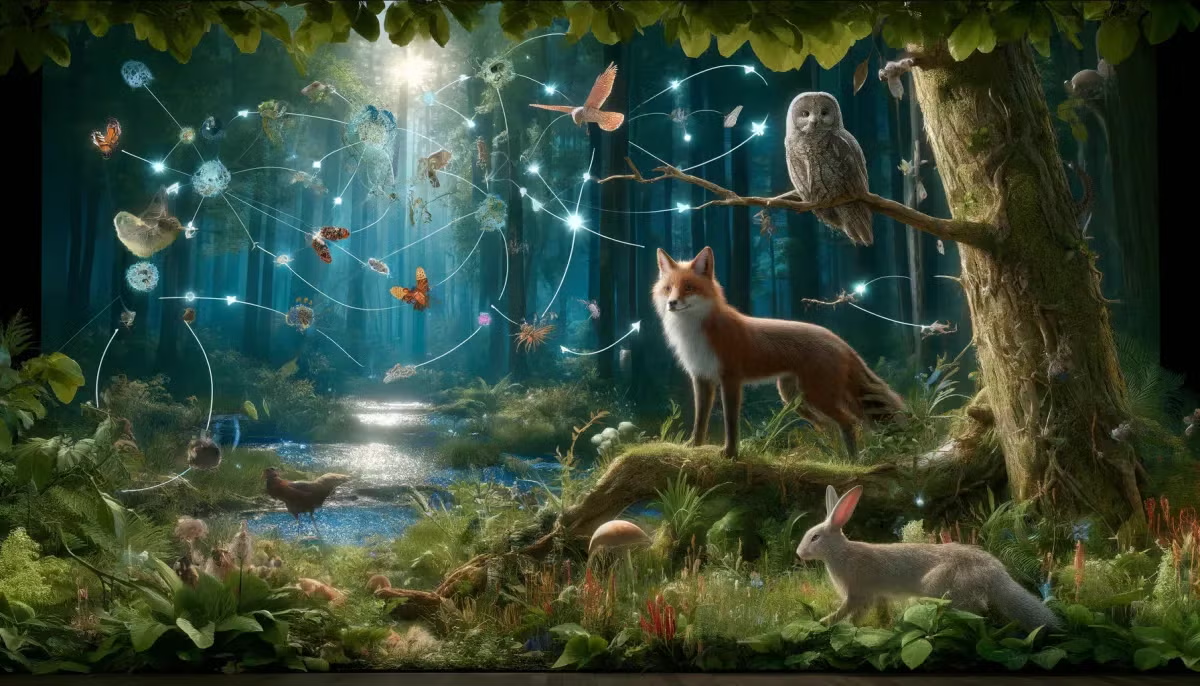
Featured
Magic Magnets: Flying Butterfly
Grades:
3rd Grade
Students will have the opportunity to explore the magnetic field in small groups or independently. Students will explore the forces by demonstrating how a paper clip can float in the air using a

Grades:
9th Grade, 10th Grade, 11th Grade, 12th Grade
In this lesson plan, high school students will explore the concepts of AC and DC currents through hands-on experimentation. The lesson begins with a brief discussion on the fundamentals of alternating
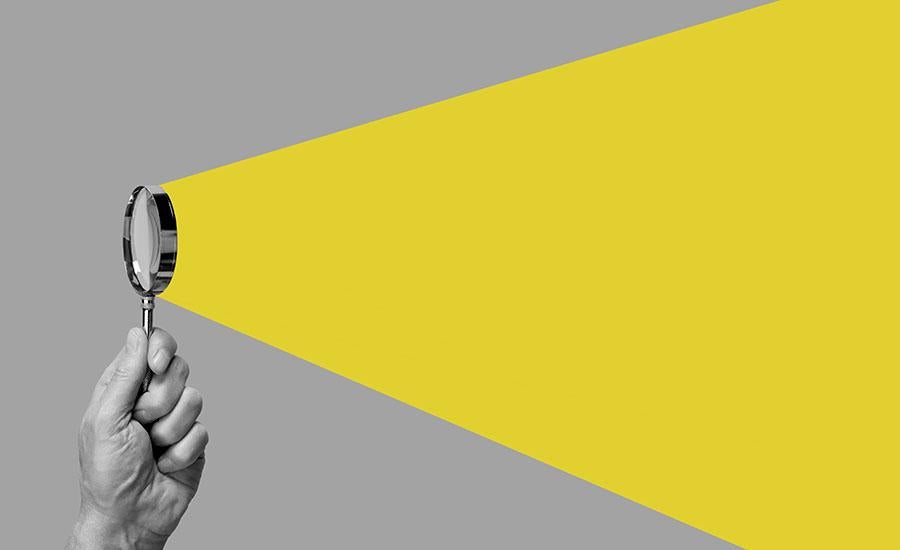
Grades:
3rd Grade
In this lesson, students will learn about the basic principles of light reflection and how periscopes work. They will then apply this knowledge by designing and constructing their own simple
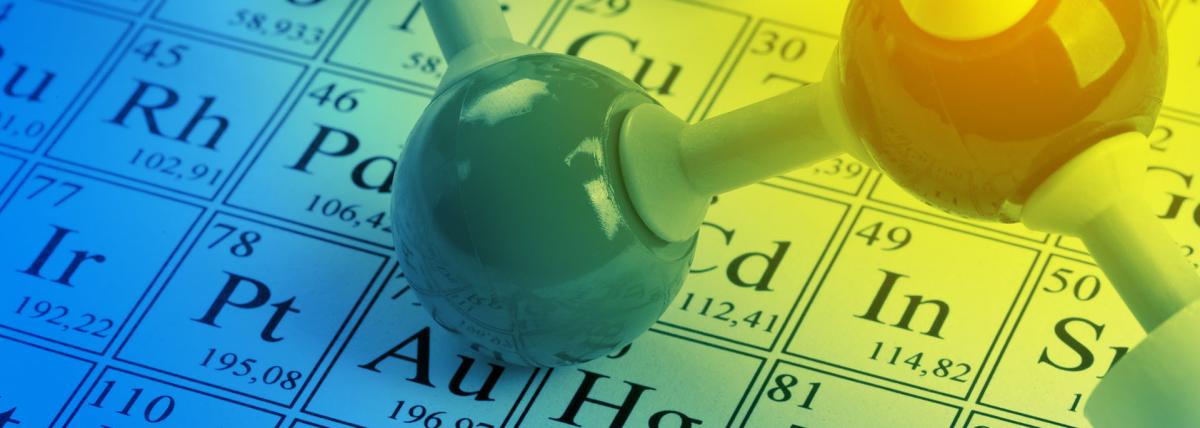
Grades:
8th Grade
Students will begin looking at how substances are made up of elements and use a model to show how atoms can arrange to make substances and then rearrange to make other substances. Students start by

Grades:
8th Grade
This is an 8th-grade lesson designed to help students refine their thinking about how sound travels through a medium. It includes a computer simulation to help students visualize particle movement and

Grades:
5th Grade, 6th Grade
A glider is a great physical science/STEM challenge for fifth/sixth grade students. This project allows students to use a Cricut cutting machine to build and modify a glider that will travel as far as

Grades:
5th Grade, 6th Grade
A glider is a great physical science/STEM challenge for fifth/sixth grade students. This project allows students to use scissors and utility knives to build and modify a glider that will travel as far

Grades:
9th Grade, 10th Grade, 11th Grade, 12th Grade
The purpose of this activity is to teach students about electrical energy generation in Arizona and the science behind electrical energy generation including radioactive decay and nuclear energy.
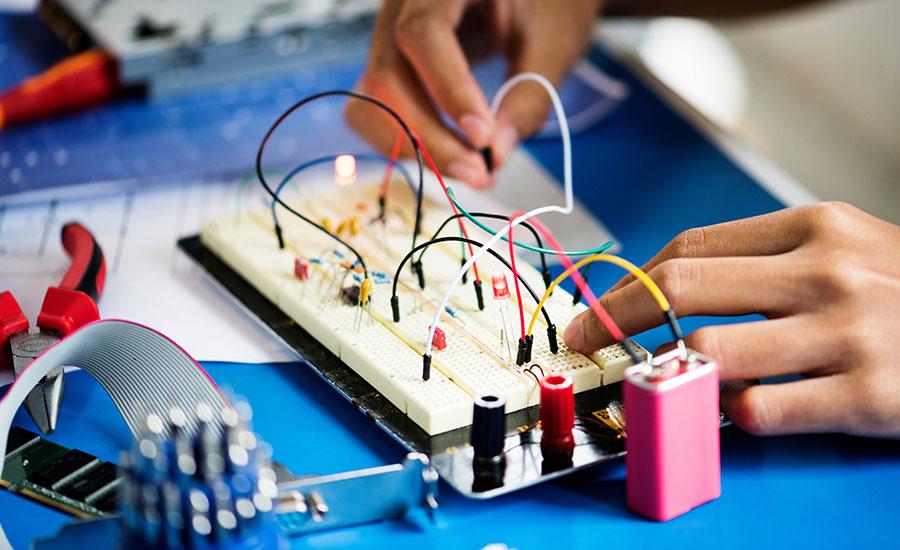
Grades:
7th Grade, 8th Grade
Part 2 (this lesson) is students learning how the body sends electrical signals through the muscles (if not covered Part 1’s research) by coding a Micro:bit to read the electrical currents

Grades:
7th Grade, 8th Grade
Part 1 of 3: Students begin to research and frame the problem around creating a working prosthetic hand. In Part 1, students will be introduced to prosthetic arms and their uses. Students will then

Grades:
6th Grade, 7th Grade, 8th Grade, 9th Grade, 10th Grade, 11th Grade, 12th Grade
Are your students fans of Formula 1? If they are or aren't this lesson will take a look into the dominance of Red Bull Racing in Formula 1. Why is Red Bull so dominant? Is it the driver or the

Grades:
4th Grade, 6th Grade, 7th Grade, 8th Grade
In this engaging two part project, we will delve into the world of circuits, 3D modeling using Tinkercad, and hands-on fabrication. By designing and creating your own LED card and pendant, you will

Grades:
4th Grade, 6th Grade, 7th Grade, 8th Grade
In this engaging two part project, we will delve into the world of circuits, 3D modeling using Tinkercad, and hands-on fabrication. By designing and creating your own LED card and pendant, you will
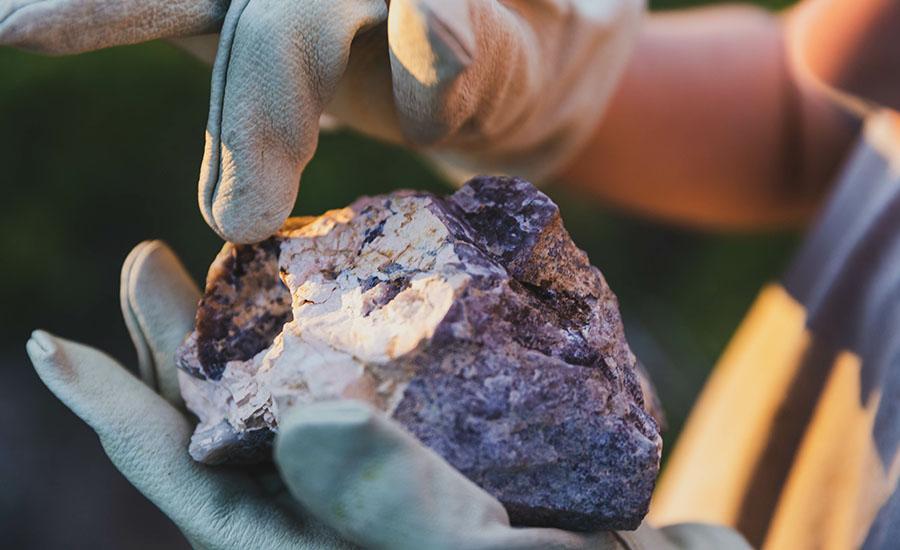
Grades:
3rd Grade, 4th Grade, 5th Grade, 6th Grade, 7th Grade, 8th Grade, 9th Grade
An overall view of mining, minerals, and their role in our everyday life. This lesson compares the past, present and future of mining and it's relativity to sustaining our way of life.

Grades:
5th Grade, 6th Grade
This is a lesson plan made to target the fifith grade standard on how noncontact forces impact one another. It can be adapted to grades 5-12. Students will explore magnetism and polarization, research
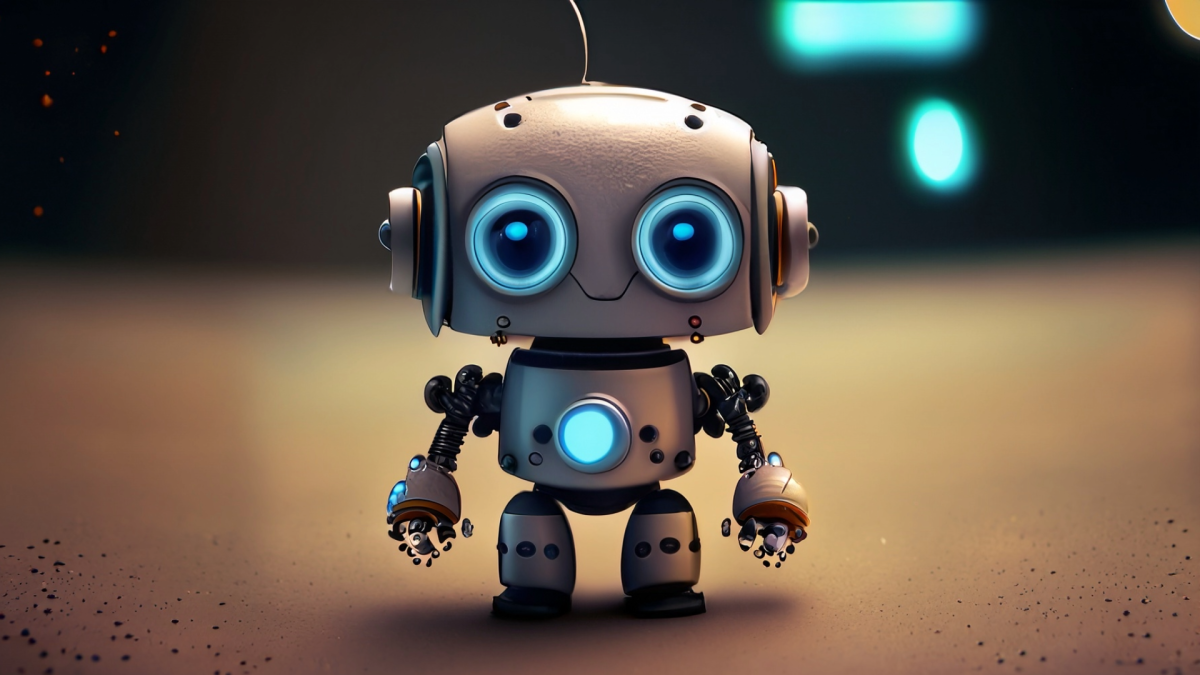
Grades:
5th Grade
This 5th grade lesson incorporates Mad Lib, micro:bits and learning how to code on Makecode.org. This lesson is teacher directed to walk students to add variables and text value. Students will use

Grades:
6th Grade, 7th Grade, 8th Grade
Middle school students love to compete. Here's a lesson idea for a competition that will appeal to your student scientists, artists, and poets alike. Standards and connections are offered for middle

Grades:
2nd Grade
This lesson uses a children's literature book called Rosie Revere, Engineer. The lesson is designed to support ELA standards along with Math and SEPs. (Science and Engineering Practices) The initial

Grades:
9th Grade, 10th Grade, 11th Grade, 12th Grade
The goal of this module is to learn about the production of musical sounds through the vibrations in stringed instruments. The module is expected to take place over approximately 4 class periods.


